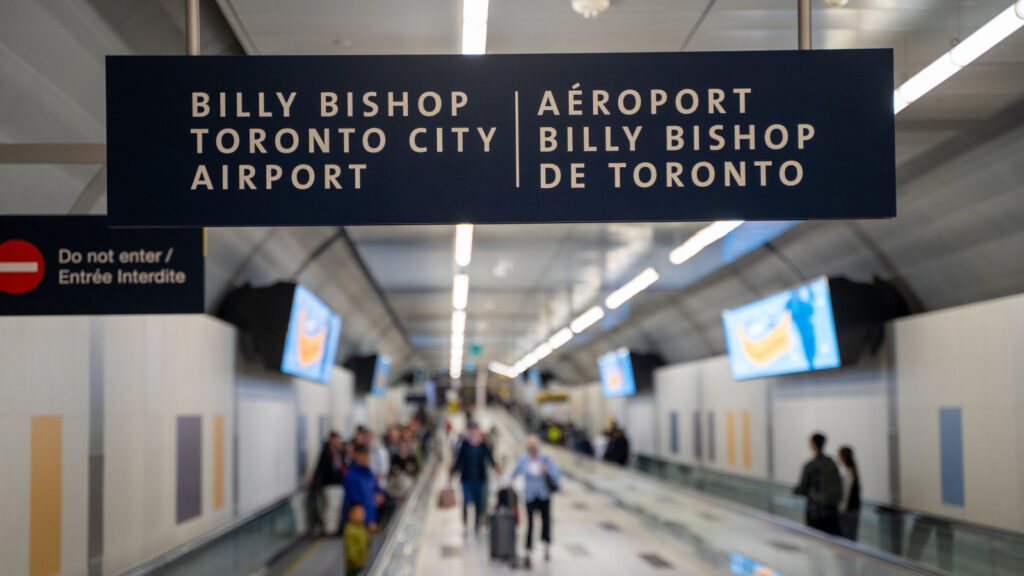Airports are often seen as permanent fixtures, symbols of progress, and gateways to the world. Yet, throughout Canadian history, dozens of airports have quietly disappeared, decommissioned, or redeveloped into something entirely different. From bustling regional hubs to World War II training bases, many once-important airfields have vanished, leaving only runways hidden beneath parking lots or suburban homes. Here are 20 airports that no longer exist.
Toronto Island Airport (Original Terminal, 1939–1983)
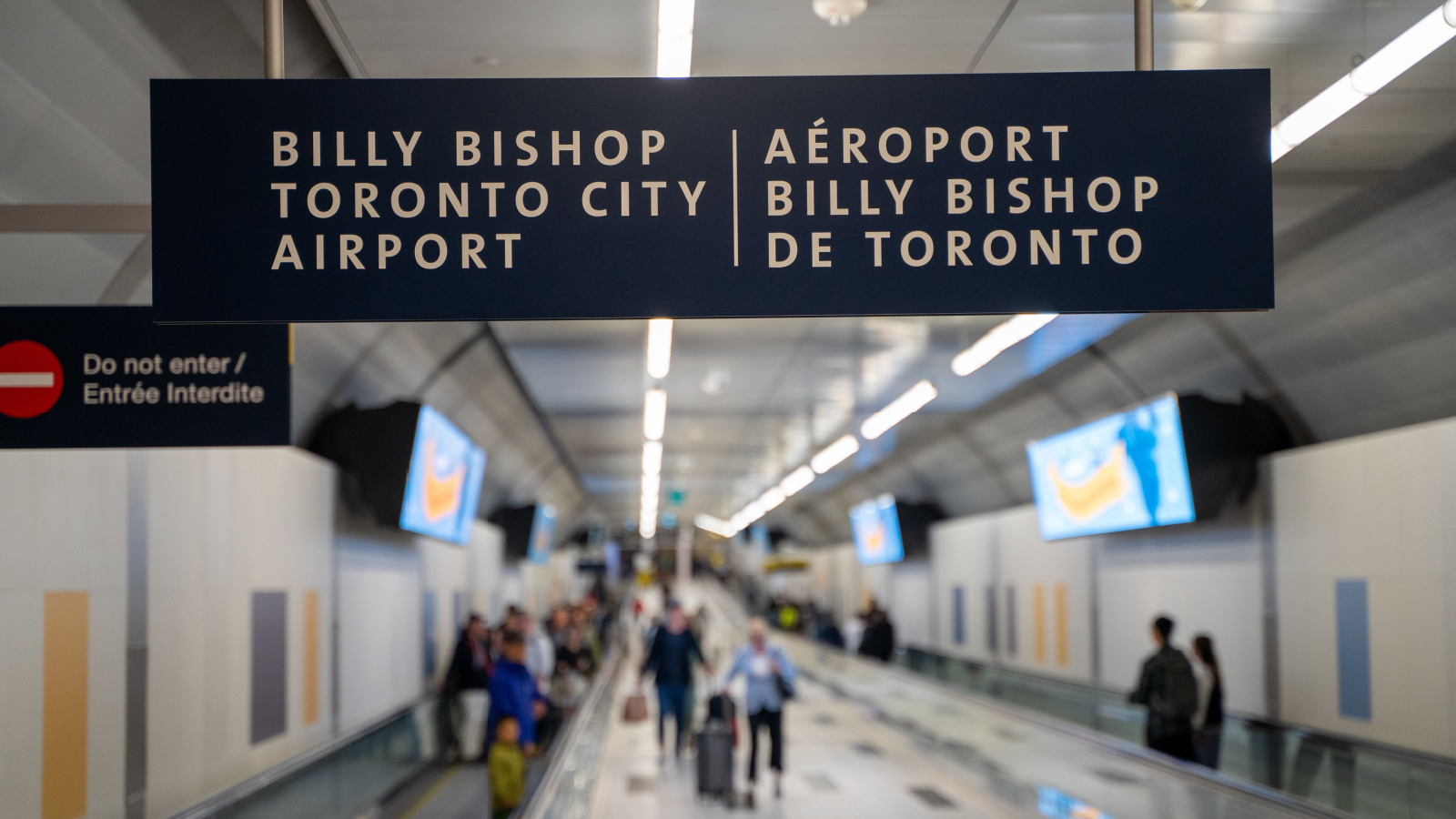
Before Billy Bishop Toronto City Airport became the sleek hub it is today, the original Toronto Island Airport had a humble airstrip and a small terminal that served as a training and commuter site. It struggled with limited accessibility since no permanent bridge connected it to the mainland. In the 1980s, modernization plans led to demolishing the old terminal and replacing it with new infrastructure. The original facilities were lost, along with much of the site’s early aviation heritage. What remains today is a modernized airport built on the same footprint, but the old charm is gone for good.
Montreal’s Cartierville Airport
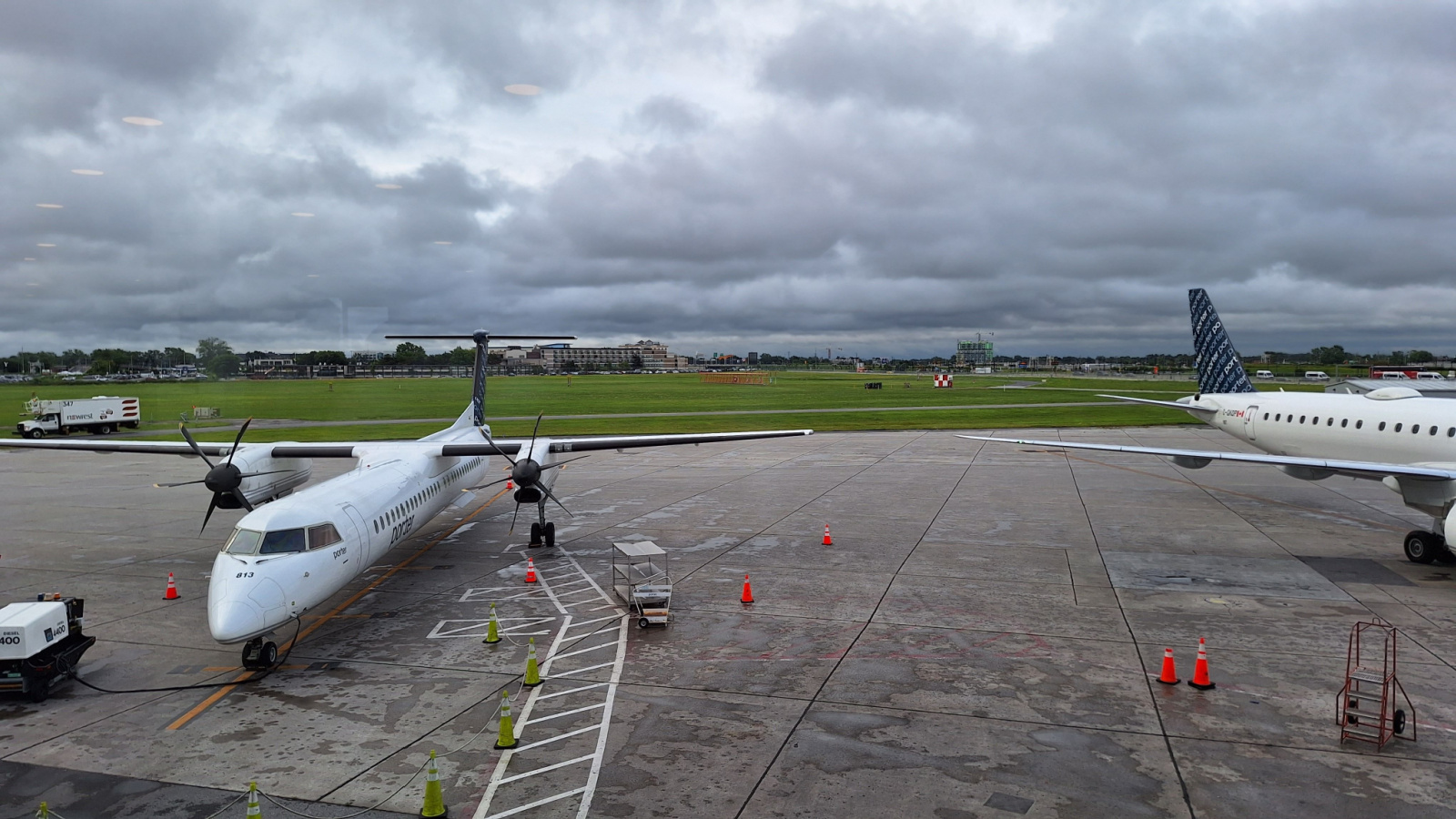
Located in Saint-Laurent, Cartierville Airport was once one of Canada’s busiest airfields. It was where Bombardier’s predecessors tested early aircraft, and for a time, it served as Montreal’s main airport before Dorval (now Trudeau) took over. By the 1970s, urban sprawl made the site incompatible with large-scale aviation. It closed in 1988, and the area was redeveloped into residential and commercial zones. Remnants of the old runway patterns could be spotted for years on aerial maps, but those too have now faded beneath suburban streets and shopping centers.
Edmonton City Center Airport (Blatchford Field)
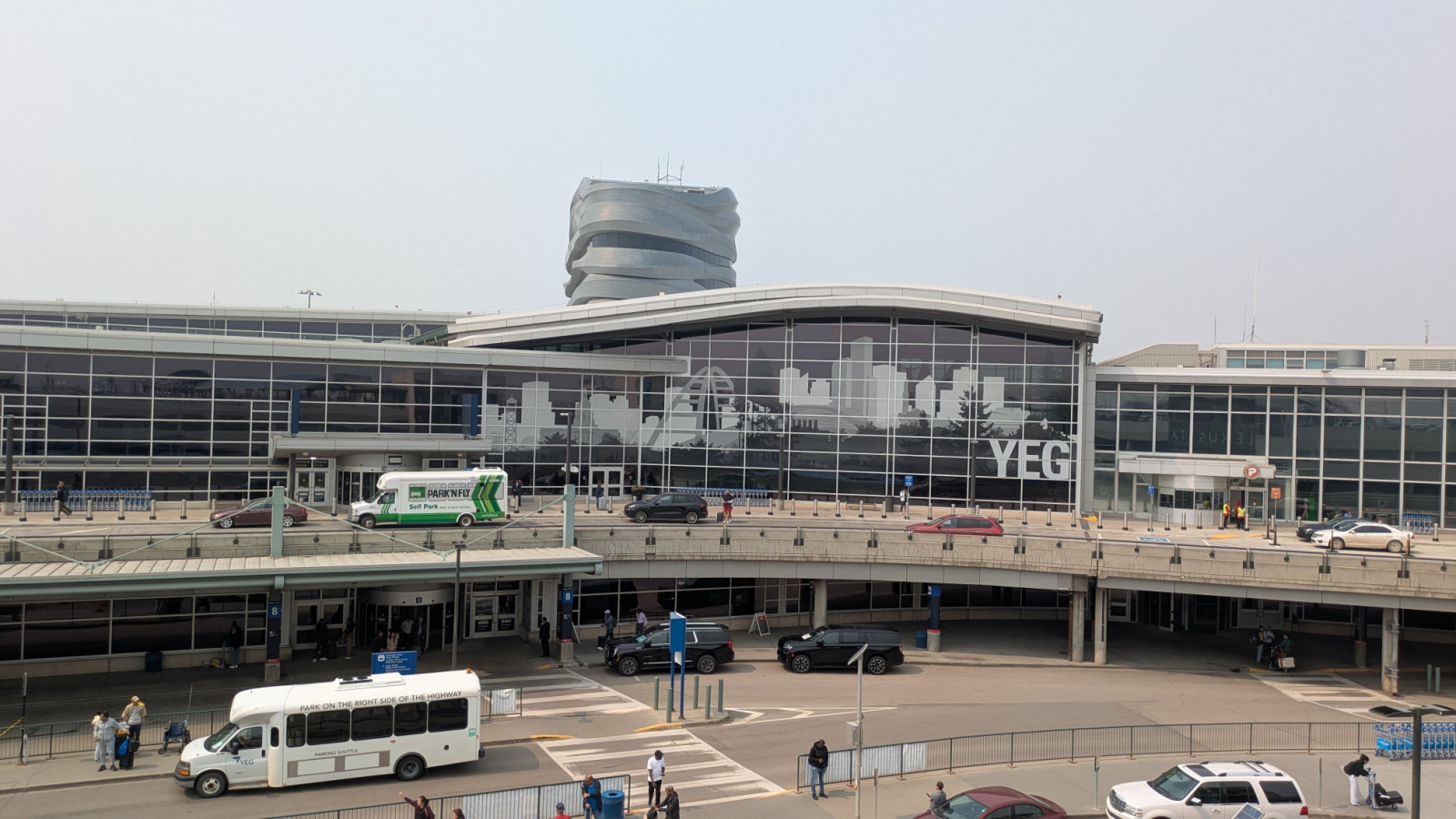
For decades, Edmonton City Center Airport stood proudly as one of the world’s oldest operating airfields. Built in 1927, it was a crucial hub for northern and Arctic routes. However, by the early 2000s, commercial traffic shifted to Edmonton International Airport. Despite public outcry, the site officially closed in 2013. The massive property was later repurposed into “Blatchford,” a sustainable urban community. Today, the new development retains nods to aviation history, but the runways, hangars, and control towers that once defined Edmonton’s skyline are gone.
Calgary’s McCall Field (Old Site)

Calgary’s first airport, McCall Field, opened in 1939 and served as both a military and civilian base. Named after aviator Fred McCall, it played a significant role during World War II. When Calgary International expanded, McCall’s original site was gradually absorbed into industrial development. By the late 1960s, the old structures were dismantled. While the airport’s name lives on through the McCall Industrial Park nearby, little remains of the original runways. The transition marked Calgary’s move from local to global aviation infrastructure.
Ottawa Rockcliffe Airport (Original Military Base Area)
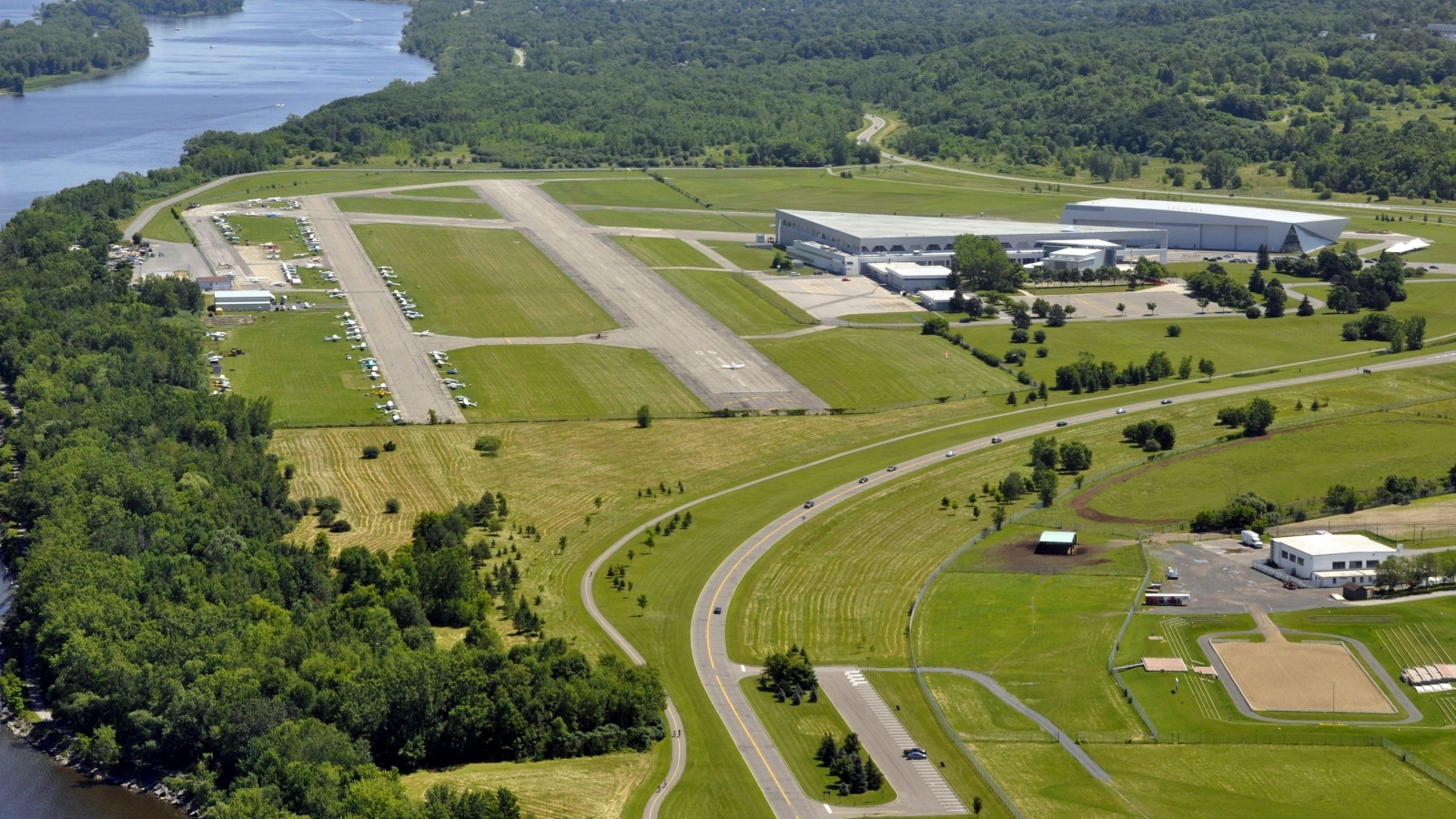
Ottawa Rockcliffe was a major Royal Canadian Air Force training base that later transitioned into a civilian aerodrome. Located close to downtown, it became a beloved sight for early aviation fans. However, increasing noise concerns and development pressures led to parts of it being closed and redeveloped. Today, the Canadian Aviation and Space Museum occupies a section of the original airfield, preserving the site’s legacy. The rest of the land has been reclaimed by government buildings and residential use, effectively erasing the once-vibrant flight field.
Vancouver’s Lulu Island Airport

Before Vancouver International Airport (YVR) became the main gateway, Lulu Island hosted a small regional airstrip. Established in the 1920s, it handled light aircraft and early mail flights. However, frequent flooding and poor accessibility made it unsuitable for expansion. It was abandoned in the 1930s in favor of the new airport on Sea Island. Today, Lulu Island is fully urbanized, and there’s no trace left of its brief aviation history. The few photographs that exist show grass runways and wooden hangars, symbols of early west coast aviation’s trial and error phase.
Toronto’s Malton Airport (Original Pearson Site)
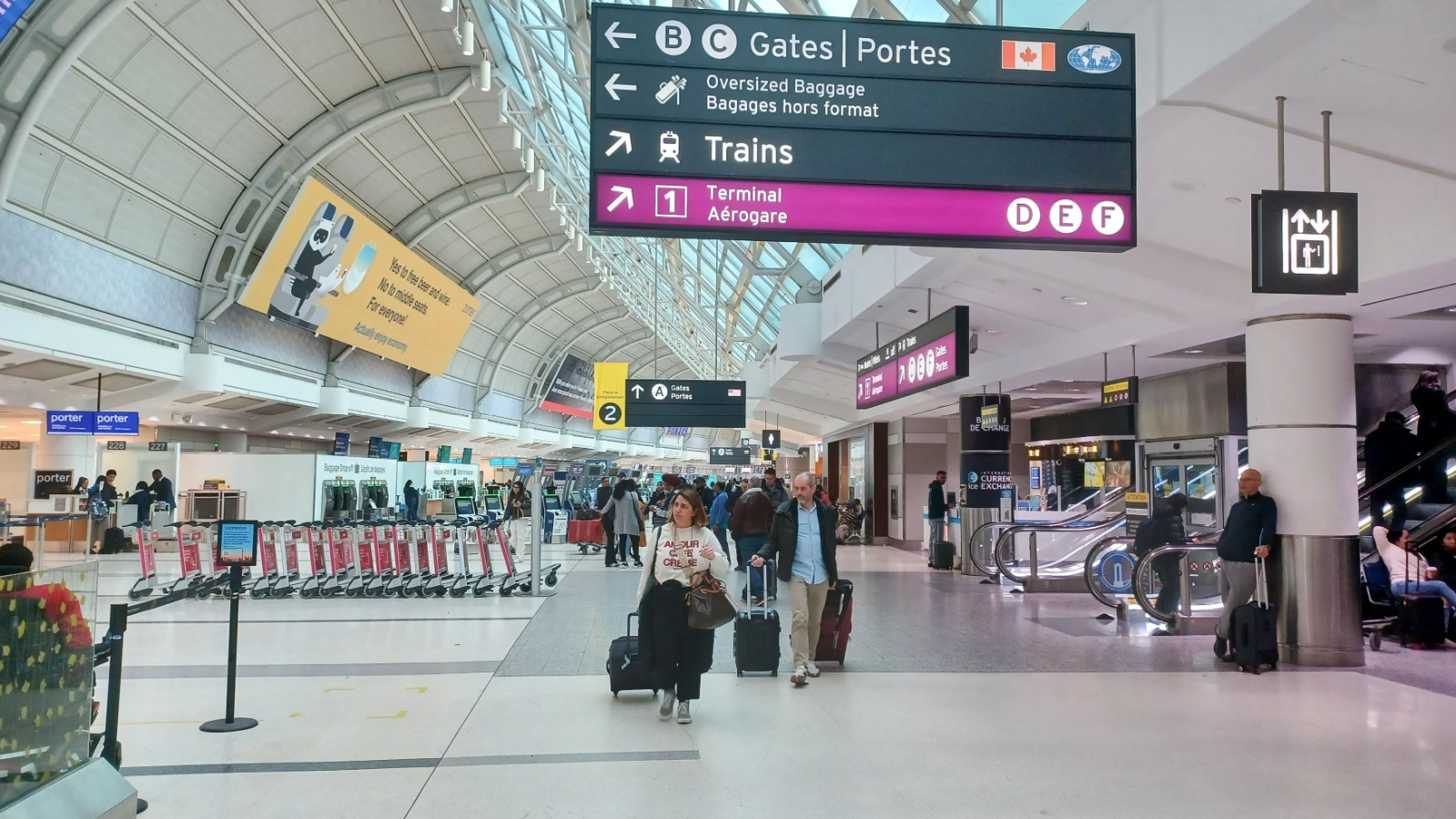
The area now known as Toronto Pearson International once began as Malton Airport, a modest field built in 1937. The original facilities were demolished and rebuilt several times as the airport evolved. While Pearson exists today, the Malton Airport buildings and layout are long gone. The airport’s transformation into a global hub erased almost every element of its small-town beginnings. It’s a rare example of a site that still functions as an airport but has none of its original infrastructure intact.
Winnipeg’s Stevenson Aerodrome

Opened in 1928 and named after Captain Fred Stevenson, this airfield was Winnipeg’s first commercial airport. It served as the region’s aviation center before being replaced by the current Winnipeg James Armstrong Richardson International Airport. The old site eventually became part of the St. James area. Runways were paved over for industrial and residential use. Though its legacy lives through the newer airport’s dedication to Manitoba’s aviation pioneers, Stevenson Aerodrome’s physical footprint has been completely erased.
Hamilton Civic Airport

Built during the 1930s, Hamilton’s original civic airport sat close to Mount Hope. It served early trans-Ontario flights but was soon overshadowed by larger facilities nearby. By the postwar years, operations shifted to the Hamilton International Airport site. The old airport land was later converted into a combination of farmland and business parks. Few locals realize the city once had a separate pre-war airport within short driving distance. The loss highlights how smaller regional airports were often sacrificed for newer, centralized aviation systems.
Regina’s Central Airfield

During the 1920s, Regina’s Central Airfield hosted early mail routes and barnstorming exhibitions. Its location near downtown proved increasingly impractical as the city grew. By the mid-1930s, it was closed and replaced by the new Regina Airport farther west. The original site was absorbed into urban development, leaving behind no visible signs of its aviation past. Old city maps show the airfield’s boundaries overlapping with what are now residential neighborhoods. Its disappearance reflects the city’s rapid modernization during the aviation boom.
Halifax Chebucto Road Airfield

Halifax’s first airfield, located near Chebucto Road, began as a grassy strip in the 1920s used for mail and military flights. The site faced difficulties due to fog and limited space. When the new Halifax International Airport opened in 1960, Chebucto’s operations were phased out. The land was quickly redeveloped for housing and schools. Today, nothing of the original airstrip remains, though aviation enthusiasts occasionally trace its rough boundaries using historical maps. It remains a forgotten yet significant piece of Nova Scotia’s flying history.
Saint John Airport (Old Municipal Site)

Saint John’s first municipal airfield operated from the late 1920s through the 1950s. It provided critical connections for New Brunswick’s coastal communities. However, as aircraft became larger, the short grass runways could not support modern fleets. The airport was replaced by a new facility in Loch Lomond, and the original location was turned into residential space. While local archives maintain photos of early planes parked in open fields, the old airfield itself is gone without trace. Its short lifespan mirrors many small-city airports of the early aviation era.
London Flying Club Airfield

The London Flying Club once operated its own airfield before London International Airport became the regional hub. Established in the 1920s, it trained countless pilots, including those who later flew in World War II. The club’s airfield was eventually absorbed by nearby development as demand grew for larger aircraft facilities. The club relocated, but the original grounds were paved over. Though gone, the club’s legacy continues in Ontario’s aviation training programs, which still reference its pioneering role in civilian pilot education.
Sudbury Airport (Original WWII Air Training Base)
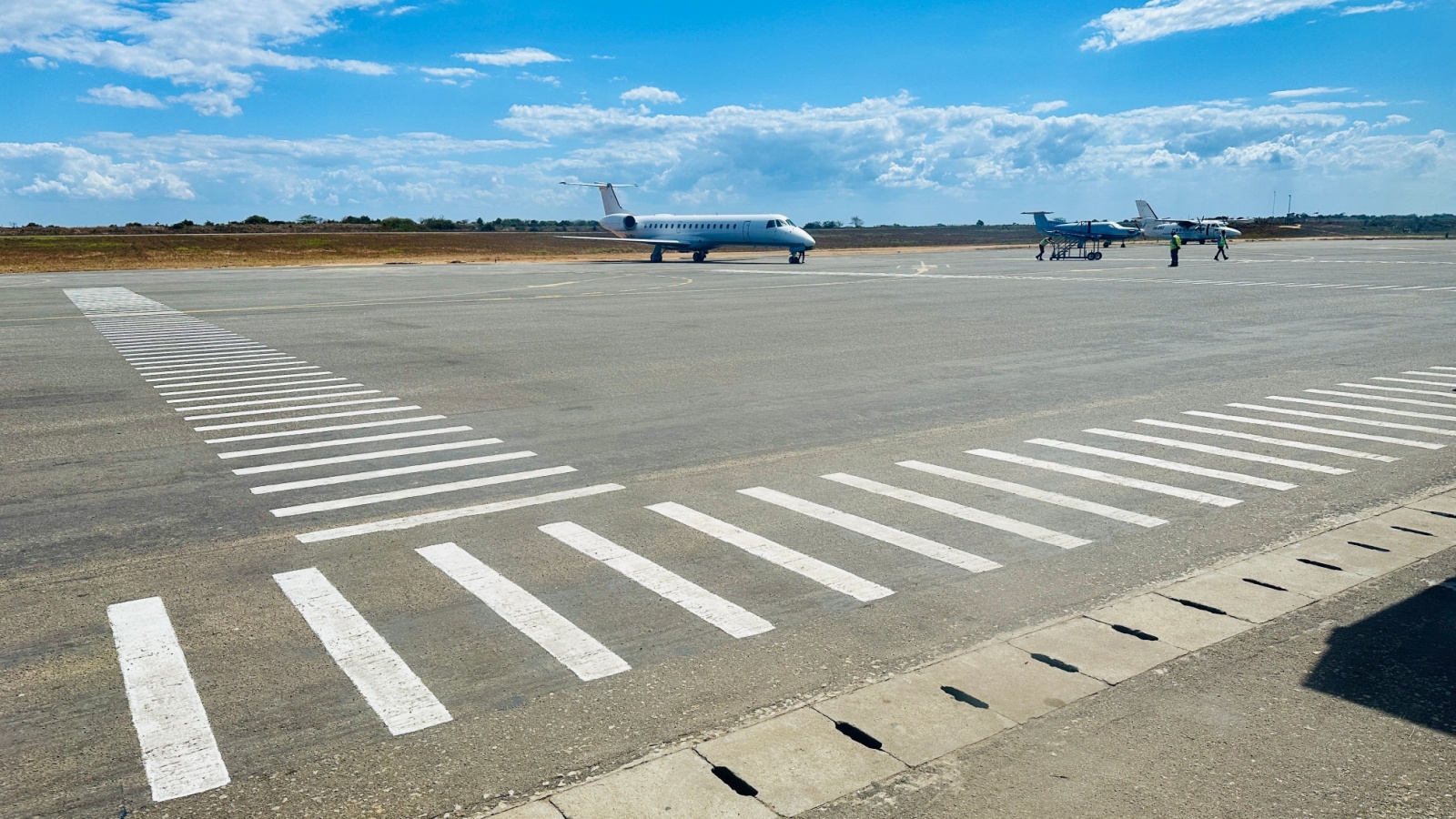
Before the modern Greater Sudbury Airport opened, the region’s air traffic relied on a small Royal Canadian Air Force base built during World War II. It functioned as a British Commonwealth Air Training Plan site but was decommissioned shortly after the war. The runways remained visible into the 1970s before being reclaimed by nature and mining operations. The current airport was built on a different site, and the original airfield is now part of industrial land. Its disappearance symbolizes how wartime infrastructure quickly faded into civilian progress.
Dawson Creek Airport (Old Field)
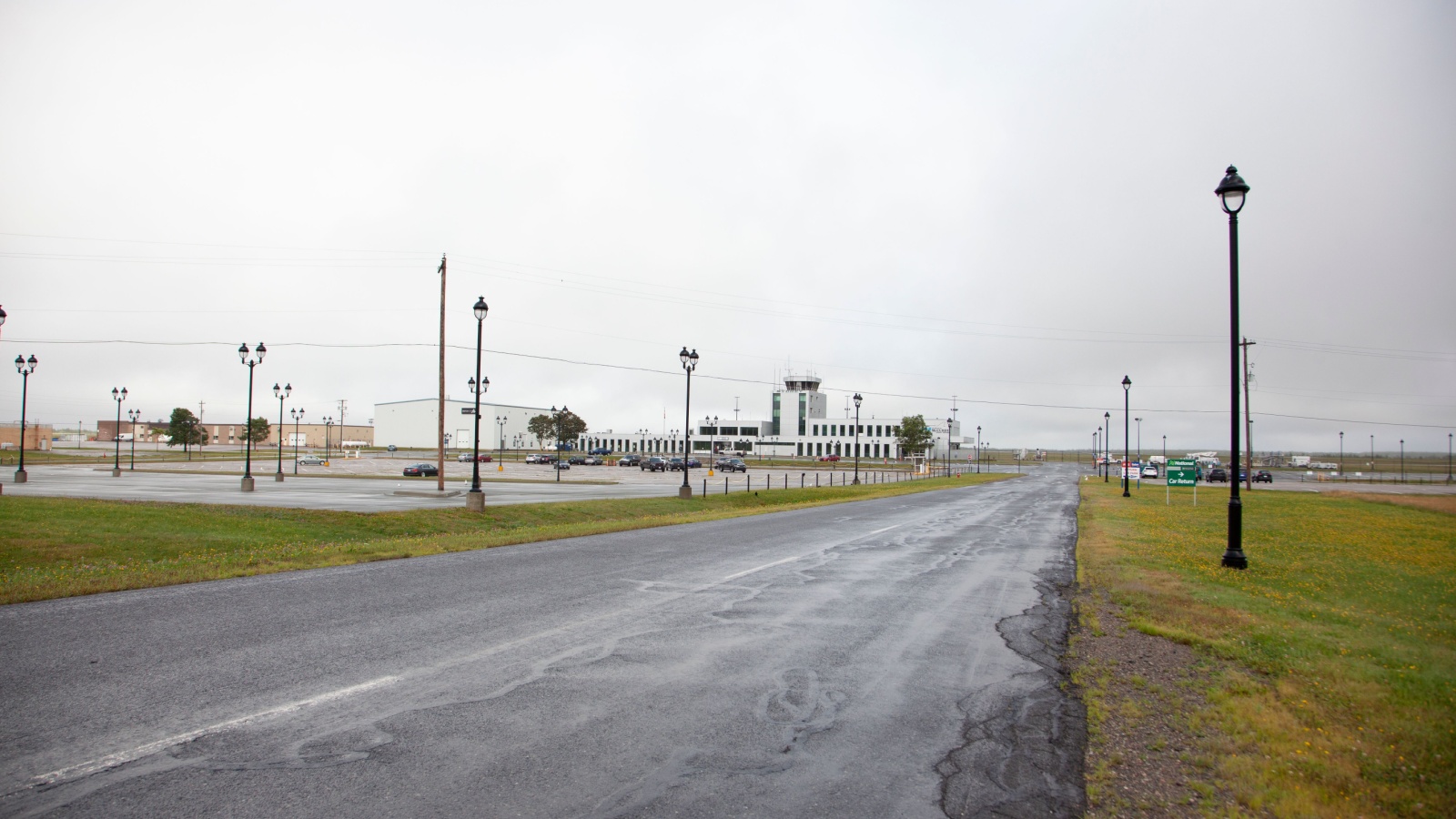
Northern British Columbia’s Dawson Creek had an early airstrip that helped supply the construction of the Alaska Highway. Once the war ended, the demand for such flights declined sharply. The airfield remained active for a few decades, but couldn’t compete with regional airports offering paved runways and modern terminals. It closed in the late 1970s, and the area was converted into farmland. Only a few aerial photos remain to remind locals of the vital role the small airport once played in connecting the remote north.
Gander’s Secondary Runways (Decommissioned Sections)
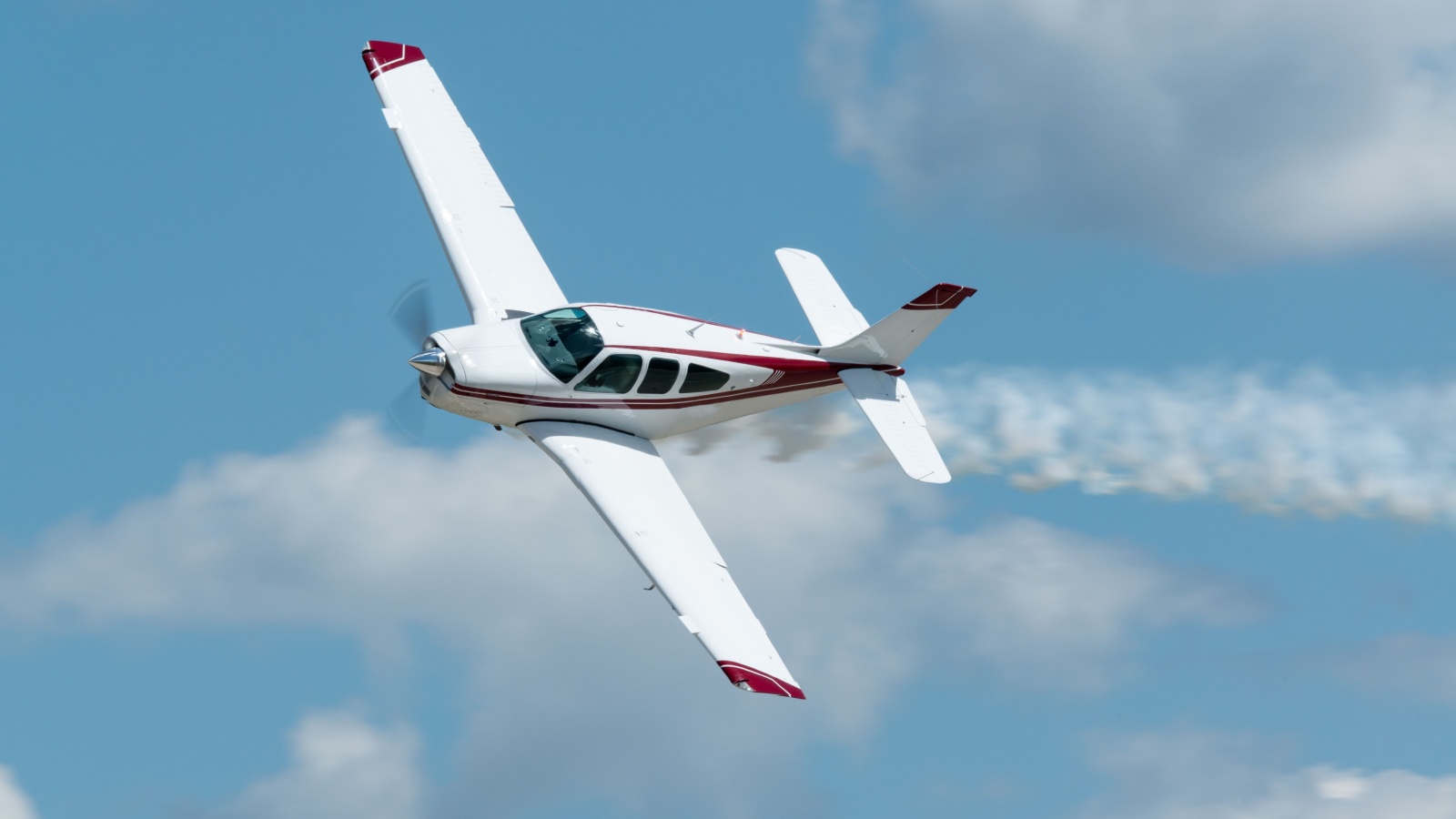
Gander International Airport remains active today, but parts of its vast wartime layout no longer exist. Several secondary runways and hangars used during World War II were decommissioned and dismantled in the 1980s. These runways once supported transatlantic refueling operations. As technology evolved, fewer facilities were needed, leading to their abandonment. The reclaimed areas have since been overgrown or converted into storage space. While Gander’s main runway thrives, large portions of the original complex have disappeared into history.
Moncton Airfield (Pre-Wartime Site)

Before the modern Greater Moncton Roméo LeBlanc International Airport, the city operated a smaller airfield on the outskirts. Built in the 1920s, it served air mail routes and local flying clubs. The site became obsolete with the construction of larger wartime facilities in the 1940s. Its land was later redeveloped into light industrial use, leaving behind minimal evidence of its aviation roots. For local historians, the Moncton Airfield marks an important transition from grassroots aviation to institutional infrastructure.
North Bay Air Station (Decommissioned Base)

The North Bay Air Station, established in the early 1950s, was a Cold War-era facility housing radar and interceptor aircraft. As military strategies evolved, the airfield became redundant and closed in the 1970s. The land was eventually redeveloped into commercial property. While the nearby NORAD complex remains active, the airfield itself no longer exists. Veterans and historians continue to commemorate the base’s legacy, but physically, its control towers and tarmac have been lost to time.
Moose Jaw’s Old Civilian Airport
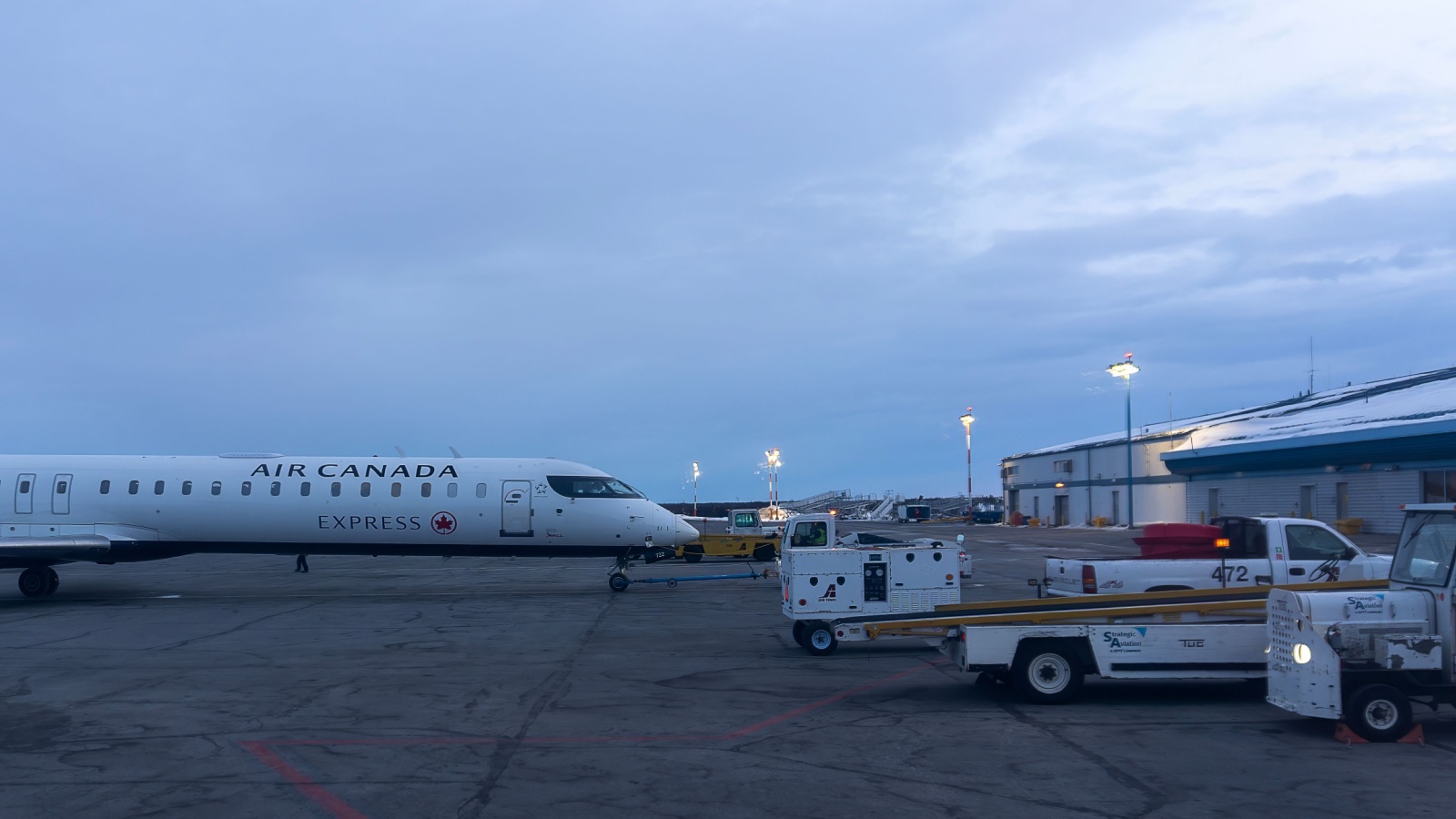
Before the military air training base became dominant, Moose Jaw operated a small civilian airport for local flyers. It was a hub for crop dusting, charter services, and small freight operations during the 1930s. As the larger air base expanded, the old civilian airfield was absorbed and eventually decommissioned. The site later became farmland, and few traces remain. Its brief history reflects how civilian aviation often gave way to government and military needs during wartime development.
Yellowknife’s Old Floatplane Base
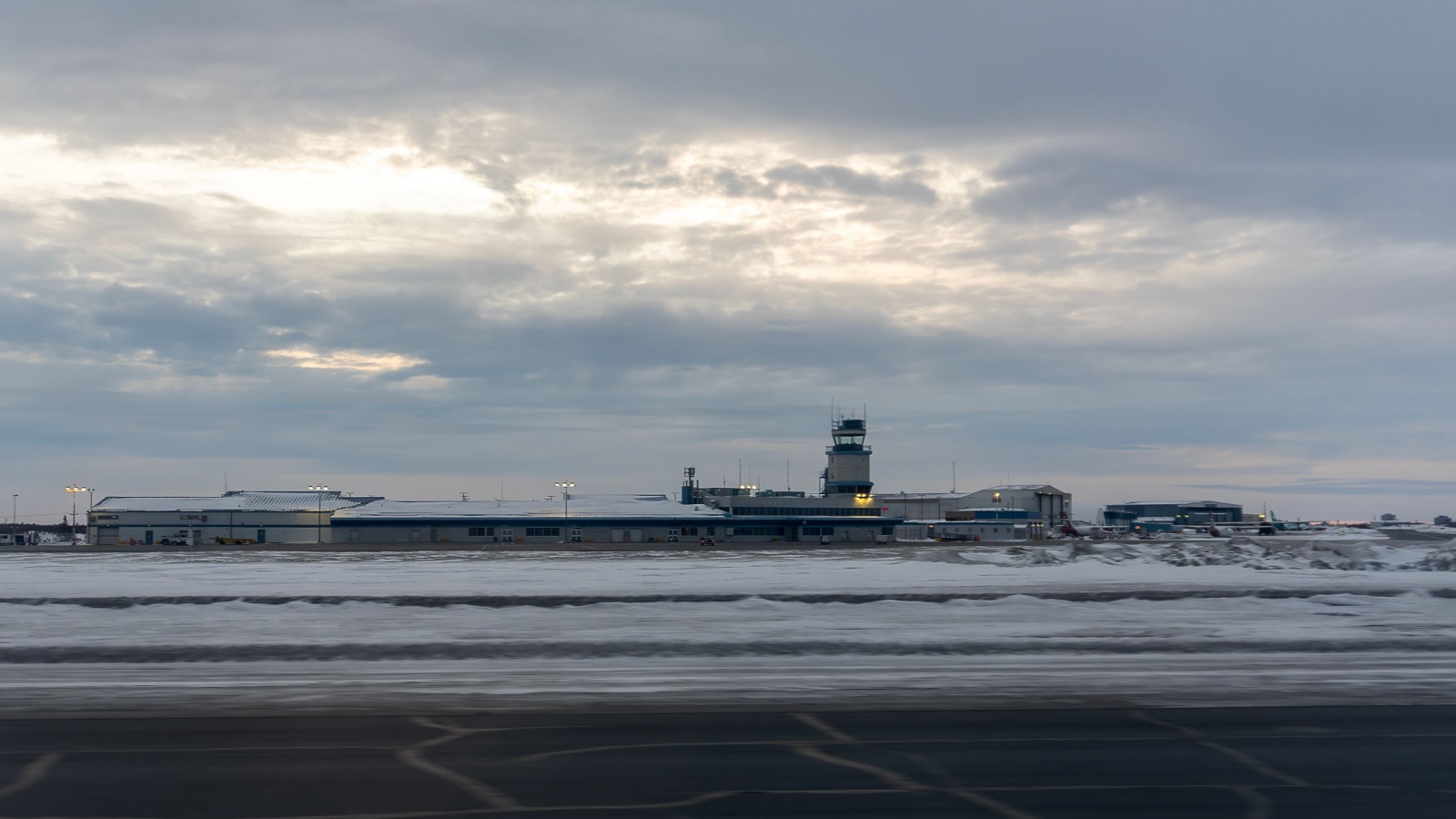
Before the current Yellowknife Airport opened, the city relied heavily on floatplane operations from Great Slave Lake. A makeshift airstrip and hangar area supported bush pilots and mail flights. Once a proper land-based airport was constructed in the 1960s, the floatplane base’s use declined rapidly. By the 1980s, it was dismantled, and the shoreline was restructured for marinas and housing. The original docks and ramps are long gone, although locals still recall when seaplanes dominated northern air travel.
21 Products Canadians Should Stockpile Before Tariffs Hit

If trade tensions escalate between Canada and the U.S., everyday essentials can suddenly disappear or skyrocket in price. Products like pantry basics and tech must-haves that depend on are deeply tied to cross-border supply chains and are likely to face various kinds of disruptions
21 Products Canadians Should Stockpile Before Tariffs Hit
